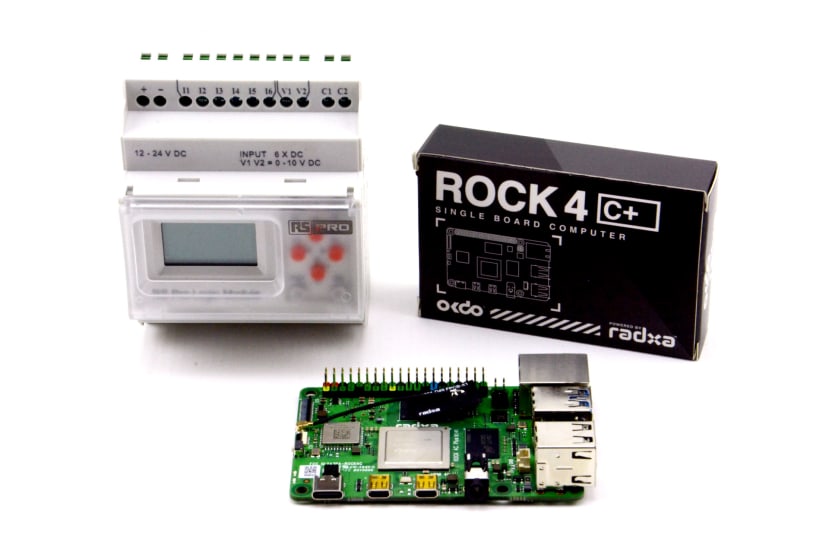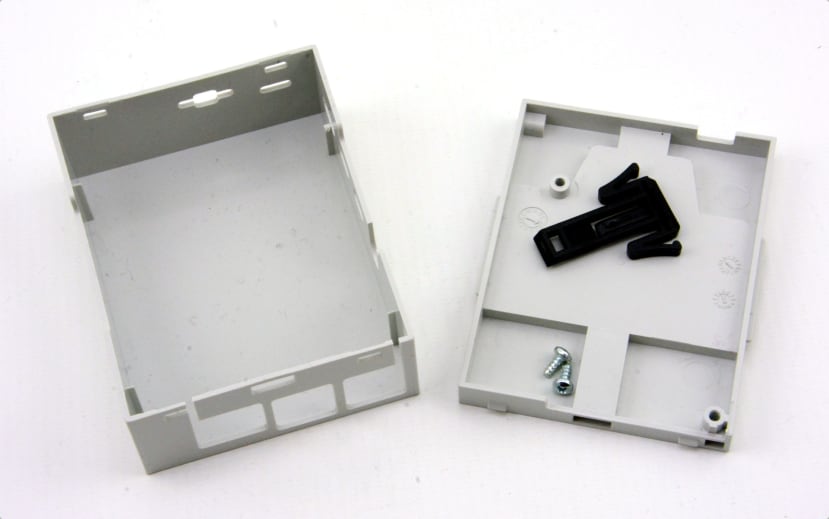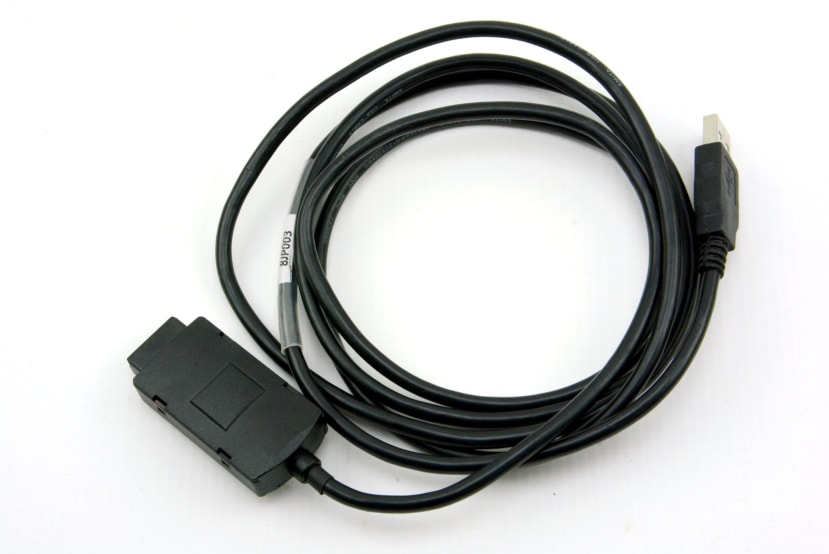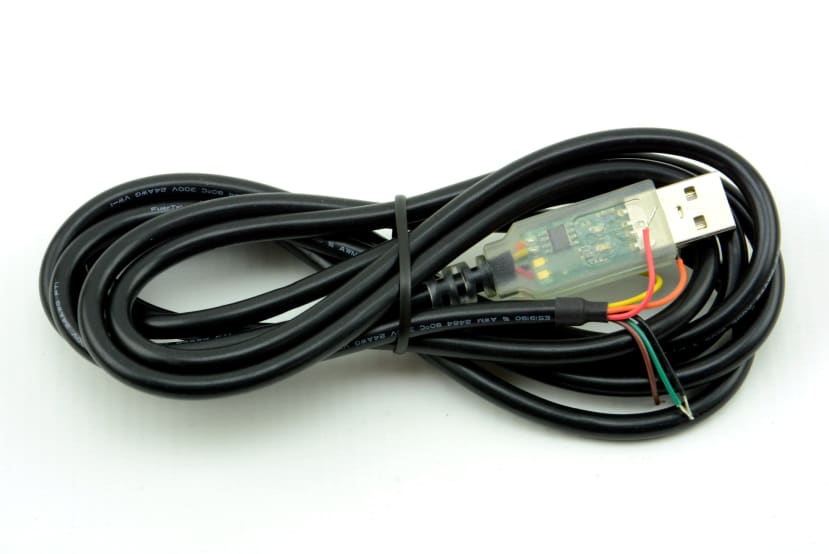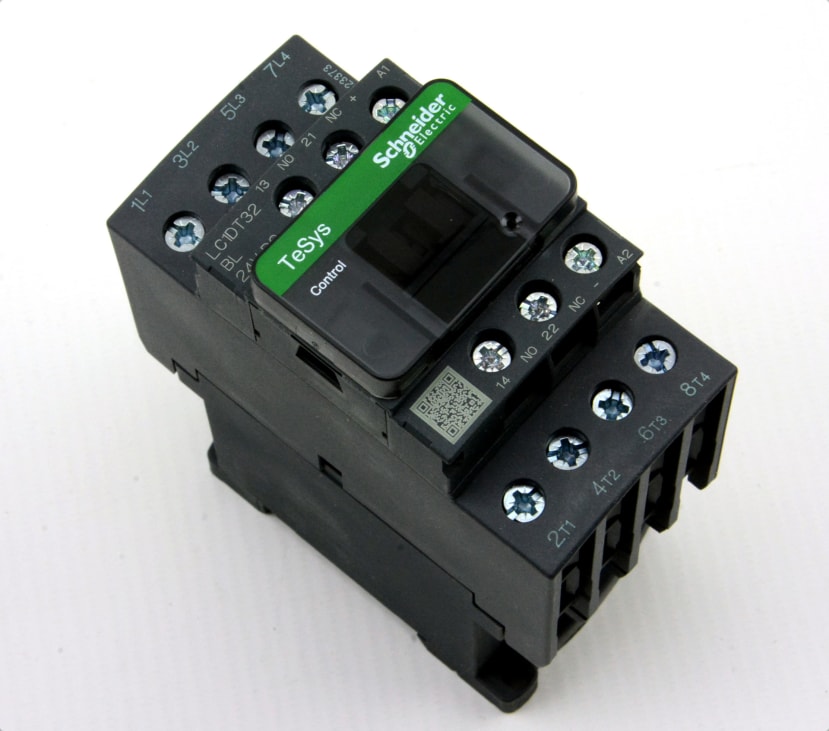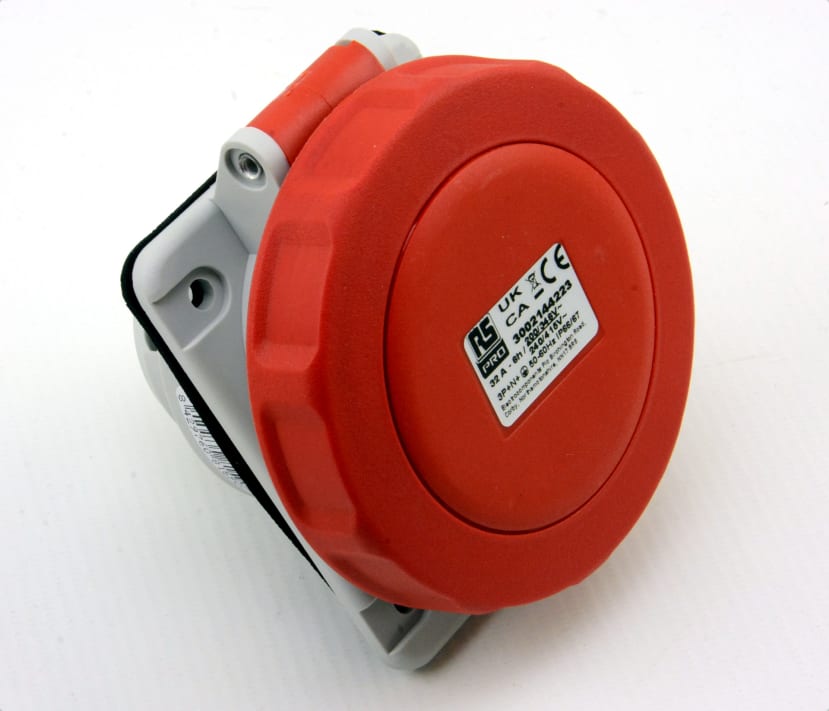Building an Industrial Control System with Rock and RS PRO Part 1: Introduction
Follow articleHow do you feel about this article? Help us to provide better content for you.
Thank you! Your feedback has been received.
There was a problem submitting your feedback, please try again later.
What do you think of this article?
3-phase power monitoring and switching with a Rock 4 C+ and RS PRO.
We previously took a look at how a Rock single-board computer (SBC) could be integrated with an RS PRO PLC using Modbus RTU, to create an edge compute-enabled platform for industrial automation. In this new article series, we will now assemble a control panel which builds on this combination, with the addition of an RS PRO 3-phase energy meter also integrated via Modbus, plus load switching contactors which are controlled by the PLC.
Theory of operation
A simplified block diagram is shown above and in this, we can see that at the heart of the solution, we have a Rock 4 C+ SBC (249-3158) , which will be connected to the local network.
We were faced with two options for integrating the energy meter and PLC Modbus devices. The first would be to use the USB cable accessory with the PLC, as we did previously, plus an additional USB RS-485 adapter to connect the energy meter. The second option would be to install the PLC RS-485 communications module, and then have the energy meter and PLC on a common bus and interface both with the Rock 4 C+ using a USB RS-485 adapter.
It was decided to go with the first of the above two options for interfacing the Modbus devices since this would take up less DIN rail space and mean that we had two isolated buses, one each for the energy meter and PLC. We could also make provision for extending the RS-485 bus outside of the control panel so that we would have the option of connecting external sensors. One benefit of this approach being that the more critical bus, which is used for control, could not be affected by any problems caused by faulty Modbus sensors or damaged external cabling etc.
The incoming 3-phase supply will be routed via the energy meter and to three 4-pole contactors, plus one 2-pole contactor. The four load supplies are then each routed via circuit breakers to industrial power connectors.
The resulting solution will be capable of measuring energy consumption and switching single and 3-phase loads. The details of how this works in practice will be dependent upon the software configuration and this is something that we will look at in a future article series. Given that we will have a powerful SBC at our disposal, this could be anything from a simple web interface with energy measurement display and manual load switching, to a much more sophisticated solution which automates switching based on things such as energy usage, supply pricing and other factors.
Key components
We will of course be basing the solution around the Rock 4 C+ SBC (249-3158) and RS PRO PLC (917-6730) we previously covered.
The Rock 4 C+ will be fitted into a DIN rail mountable ABS case (211-0349) .
The RS PRO USB (917-6395) cable will be used to interface the PLC with the Rock SBC.
An RS PRO DIN rail-mounted 24V 5A power supply (136-8319) will be used for powering industrial components. With the 5V 5A output version of the same RS PRO PSU (136-8304) being used to power the Rock 4 C+. While it would have been possible to use a single 24V PSU and a DC-DC converter to power the SBC, it was just as cost-effective to have a dedicated 5VDC PSU.
An RS PRO 3-phase energy meter (236-9296) with backlit LCD and Modbus RTU interfacing will be used, which is capable of measuring up to 100A of directly connected load. This will provide us with measurements that include active energy (kWh), current/voltage/power per phase and total power.
An FTDI Chip RS-485 USB converter cable (687-7834) will be used to connect the energy meter, plus any future Modbus RTU sensor devices.
3-phase loads will be switched using Schneider Electric LC1D series 4-pole contactors rated at 32A and with 24V coils (744-7550) . A single-phase load will be switched using an ABB ESB series 2-pole contactor rated at 16A and with a 24V coil (211-1566) .
Provision will also made for manual on/off override of individual loads, using RS PRO modular switches. A red 3-position selector switch head with 22mm cutout can be seen above (188-1166) . Red switch heads will be used with the 3-phase loads, and green with the single-phase load. These will also be fitted with LED light blocks, providing a visual indication of load output status.
Each load will be connected via a dedicated circuit breaker and above can be seen the RS PRO 3-pole 32A C curve MCB (265-0208) which will be used with 3-phase loads.
IEC 60309 / CEE 17 industrial power connectors will be used. The above RS PRO IP67 red panel mount 3P+N+E angled industrial power connector is rated at 32A (214-4223) and will be used to connect 3-phase loads. With a similar RS PRO blue 2P+E connector (214-4207) for single phase.
One key part which has not been specified as yet is a suitable wall-mounted enclosure. However, the next step is to lay everything out on the bench, figuring out how best to arrange components and selecting a suitable enclosure — which is usually an iterative process. This will of course include the various sundry items not included here, such as DIN rail terminals and additional connectors.
Coming up
In part two in this series, we will list the complete bill of materials, cut sections of DIN rail, drill the enclosure and its mounting plate, and fit all the components.
Disclaimer
This series of articles describes the construction of a simple proof of concept only. No warranties, express or implied, of fitness for a particular purpose are made. It is wholly the responsibility of those implementing solutions to ensure that they meet all applicable regulations and standards.




